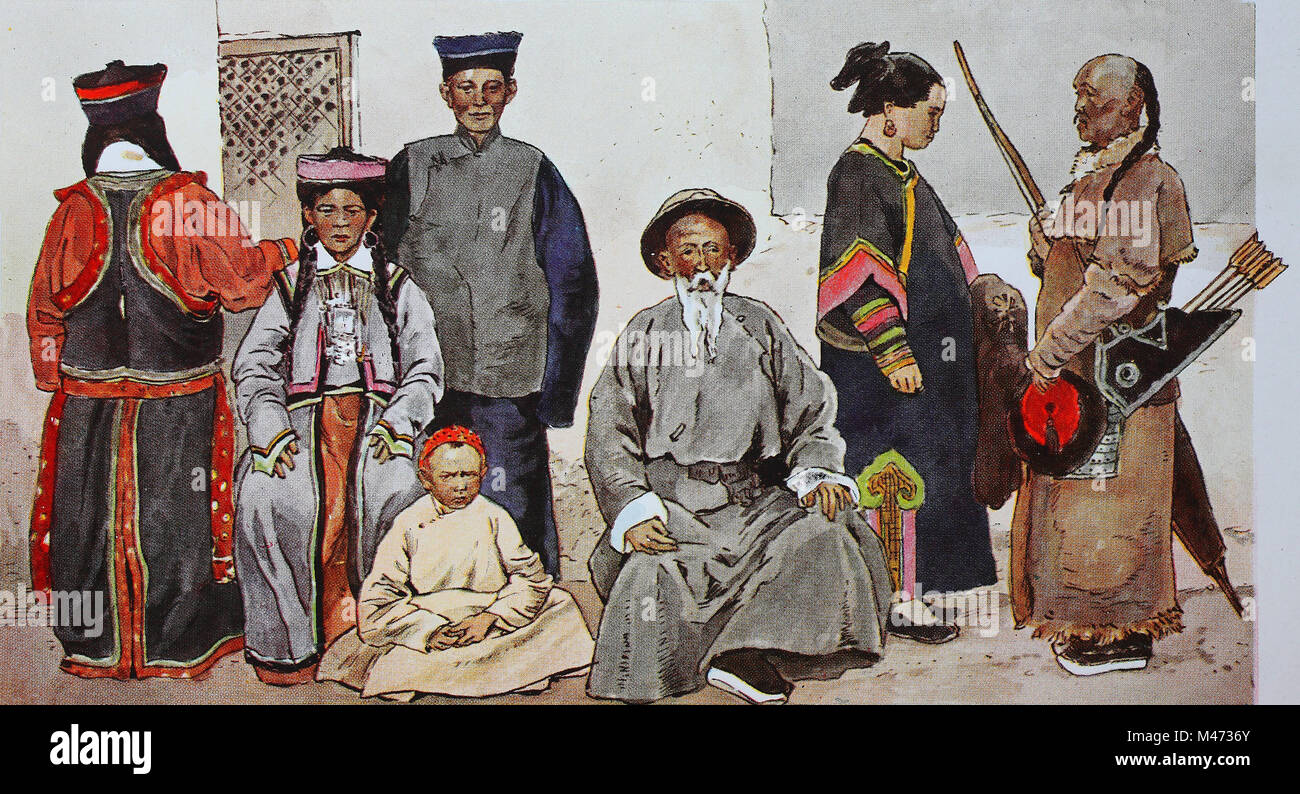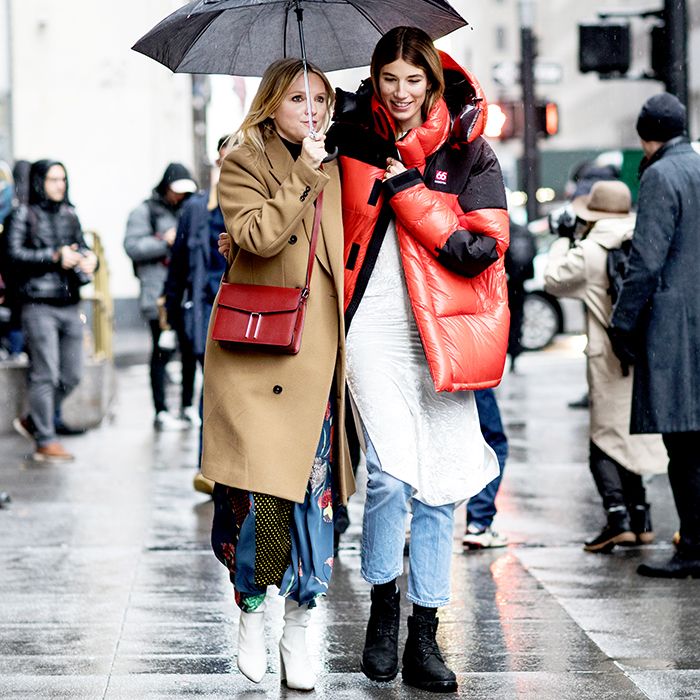Experience the Elegance of Conventional Eastern Clothes
Embark on a trip with the detailed globe of traditional Eastern attire, where each garment narrates woven with cultural splendor and historic significance. From the lively shades of a Chinese qipao to the regal sophistication of a Pakistani shalwar kameez, these garments use a glance into a globe where workmanship meets creativity. The fusion of glamorous materials and fragile needlework methods creates a tapestry of style that goes beyond boundaries and time. Join us as we untangle the keys behind these splendid pieces and discover the appeal of Eastern attire that has captivated generations.
History of Eastern Clothing
Eastern outfit has a rich background that dates back centuries, reflecting the varied societies and practices of areas such as Asia and the Middle East. The apparel designs in these regions have been influenced by various variables such as climate, religious beliefs, social status, and historical events. In Asia, typical attire differs greatly from the vivid saris put on in India to the sophisticated bathrobe of Japan. Similarly, the Center East flaunts a large variety of clothing designs, from the streaming abayas of Saudi Arabia to the detailed kaftans of Morocco.
Throughout background, Eastern outfit has not only acted as a type of clothing yet also as an icon of cultural identification and heritage (eastern wear pakistan). Fabrics like linen, cotton, and silk have actually been commonly made use of, with patterns and styles frequently holding substantial significances or representing aspects of nature or spirituality. Standard garments have been passed down through generations, with each piece lugging a sense of background and tradition. Today, Eastern clothing proceeds to develop, blending traditional components with modern-day style patterns to create ageless and distinct designs.
Value of Embroidery
Needlework plays an important role in conventional Eastern clothing, adding complex information and social importance to garments that have actually been passed down via generations. In Eastern cultures, embroidery is not merely attractive but holds deep symbolic significances. Each stitch and pattern can communicate stories, ideas, and also social status.
The art of needlework in traditional Eastern clothing is a labor-intensive procedure that calls for skill and perseverance. Very knowledgeable artisans diligently hand embroider complex layouts onto textiles using techniques that have been refined over centuries. These embroidered styles often mirror the abundant social heritage of the area they originate from, showcasing themes motivated naturally, mythology, or historical events.

Extravagant Fabrics Utilized
Glamorous materials play a crucial duty in improving the elegance and luxury of traditional outfit throughout varied Eastern societies. Silk, renowned for its softness and sheen, is a preferred option for several traditional garments as a result of its lavish feel and capacity to curtain gracefully. In countries like India, China, and Japan, silk has a lengthy history of being utilized in standard attire, symbolizing riches and status.
An additional widely used elegant textile is brocade, identified by elaborate patterns woven right into the product. Brocade includes a touch of refinement to garments and is frequently seen in ceremonial attire and formal wear. Velour, with its deluxe texture and abundant appearance, is likewise a prominent choice for traditional clothes in Eastern societies, specifically for festive occasions and unique events.
Furthermore, chiffon, fabric, and satin are regularly used for their flowing and light-weight high qualities, adding a sense of delicacy and style to garments. These glamorous materials not only elevate the visual allure of traditional Eastern attire but likewise add to the overall appeal and charm of the wearer.
Craftsmanship Strategies
Traditional clothes in different cultures showcases impeccable craftsmanship methods that are given with generations, highlighting the ability and artistry involved in creating these elegant garments. Each stitch, decoration, and embroidery is carefully crafted to produce ageless items that embody the social heritage and traditions of the area. The workmanship techniques used in conventional Eastern attire often include detailed handwork, such as hand weaving, hand embroidery, and hand beading, which need accuracy and attention to detail.
Artisans that focus on these methods go through years of training to best their skills and understand the typical approaches of garment building. The usage of top quality materials incorporated with professional craftsmanship causes garments that not only look aesthetically stunning yet likewise stand the test of time. The dedication to maintaining these craftsmanship strategies makes sure that each item of conventional Eastern attire is a job of art, showing the rich cultural background and heritage of the area.
Ageless Style and Appeal

The intricate needlework, delicate beadwork, and elegant fabrics utilized in traditional Eastern outfit add to its This Site unequaled elegance. The careful creation passed down through generations makes certain that every piece emanates and informs a story sophistication and poise.
In addition, the classic silhouettes and stylish draping of conventional Eastern outfit include to its long-lasting beauty. The moving lines and sophisticated styles develop a sense of harmony and balance that is both aesthetically enticing and emotionally captivating.
Essentially, the ageless sophistication and charm of typical Eastern clothes act as a testament to the skill and artistry of the artisans who devote their lives to protecting these charming sartorial practices. - eastern wear pakistan
Conclusion
To conclude, the style of standard Eastern attire is a testament to the abundant background, cultural value, and intricate workmanship of the area. From the intricate embroidery to the glamorous materials and timeless charm, each garment tells a visit this site tale and mirrors the social identity of its beginnings. Welcoming Eastern clothes enables one to appreciate the virtuosity and elegance that have been given via generations, developing absolutely exquisite and exciting items.
Embark on a trip with the detailed world of typical Eastern clothing, where each garment tells a story woven with social splendor and historical significance.Needlework plays a vital role in typical Eastern clothes, including complex information and cultural importance to garments that have actually been passed down via generations.Lavish fabrics basics play a pivotal function in improving the style and luxury of traditional attire throughout varied Eastern cultures. The workmanship techniques used in typical Eastern clothes usually entail elaborate handwork, such as hand weaving, hand needlework, and hand beading, which require precision and interest to information.
In final thought, the beauty of traditional Eastern attire is a testimony to the abundant history, social significance, and elaborate craftsmanship of the region.